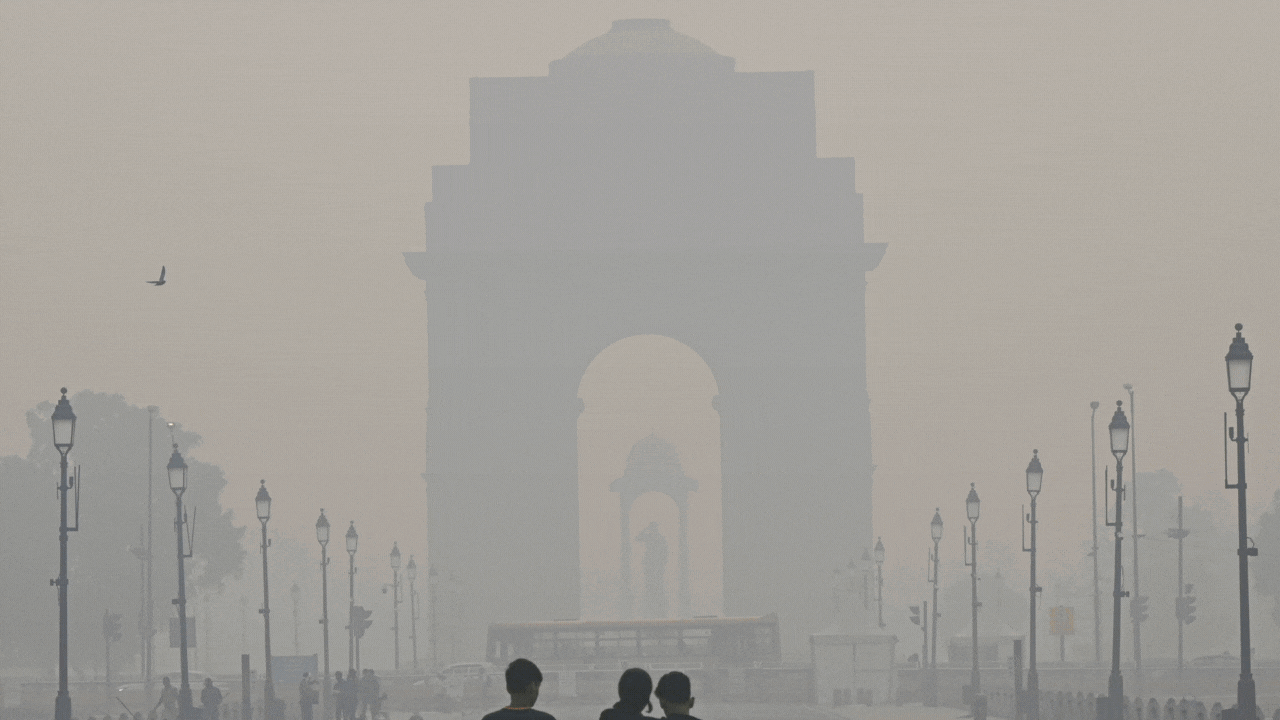The report also highlighted that nearly all air quality monitoring stations in the national capital recorded elevated pollution levels on Diwali day compared to the previous year.
On Diwali, Delhi’s 24-hour average PM10 concentration rose to 430 micrograms per cubic meter, up from 322 micrograms per cubic meter the previous year and 748 micrograms per cubic meter in 2021. The 24-hour average PM2.5 concentration reached 314 micrograms per cubic meter, compared to 217 micrograms per cubic meter last year and 607 micrograms per cubic meter in 2021.
According to DPCC data, except for a few stations, all locations observed an increase in PM10 concentration in 2023 compared to 2022. Similarly, all stations, except for a few, witnessed an increase in PM2.5 concentration.
The DPCC report emphasized that all gaseous pollutants, including ammonia, sulphur dioxide, nitrogen dioxide, carbon monoxide, ozone, and benzene, remained within prescribed standards.
Delhi Pollution: Cracker ban goes up in smoke, AQI reaches hazardous levels in some areas
Despite efforts to control pollution, Delhi experienced a spike in pollution levels and a return of smoky haze on Monday morning after residents violated the ban on firecrackers during Diwali night.
(With agency inputs)
Watch Drone Footage: Thick layer of haze engulfs Delhi-NCR
